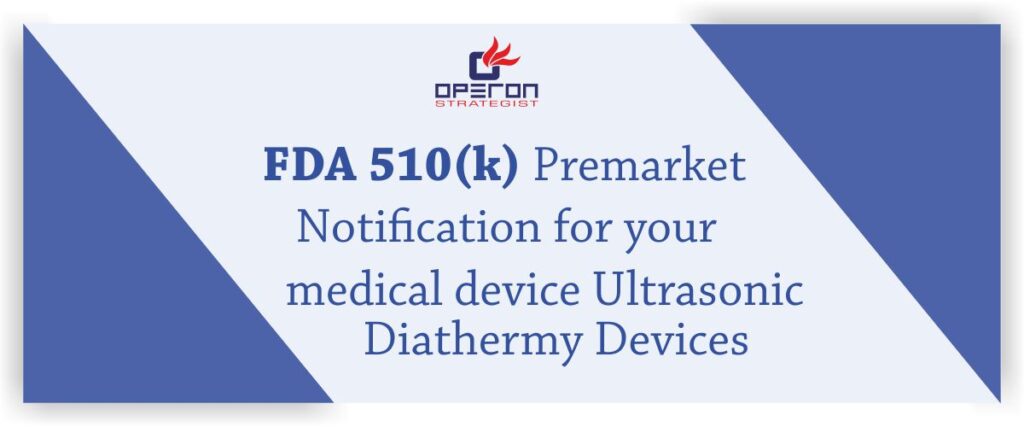Medical face mask classification to prevent germs from their noses and mouths from passing to the patient as well as to protect them from infection. The scrubs and gowns they wear serve similar purposes, protecting healthcare workers as well as patients from the accidental transmission of disease, as do the drapes that are used during surgery.
In recent weeks, the topic of protective clothing has become very much mainstream, with these products entering broader use outside of hospitals and healthcare facilities in response to COVID-19. Medical face mask classification, gowns, and other articles of protective clothing are in high demand as people seek to avoid spreading or contracting the novel corona virus.
- Operon Strategist helps manufacturers develop their quality management system as per the requirements of ISO 15378.
- We assist with documentation, training & implementation of the quality system. We help the Primary packaging material manufacturers to understand the requirements of ISO 15378 by performing GAP analysis.
ISO 15378 certification for Medical Device
Operon Strategist helps manufacturers develop their quality management system as per the requirements of ISO 15378.
Far from all medical and protective Medical face mask classification on the market are designed to comply with EU standards and regulations. It’s therefore essential to request and verify all relevant compliance documents and lab test reports, and product labels, before importing face masks from suppliers in China, or other countries.
This specification covers the Medical face mask classification, performance requirements, and test methods for the materials used in the construction of medical face masks that are used in health care services such as surgery and patient care.
Medical face mask classification material performance is based on testing for bacterial filtration efficiency, differential pressure, sub-micron particulate filtration efficiency, resistance to penetration by synthetic blood, and flammability. This specification does not address all aspects of medical face mask design and performance, the effectiveness of medical face mask designs as related to the barrier and breathability properties, and respiratory protection, which may be necessary for some health care services.
The specification covers testing and requirements for materials used in the construction of medical face masks that are used in providing healthcare services such as surgery and patient care. It medical masks with ties (surgical masks) and ear loops (procedure masks or isolation masks).
The type of masks
- 3-ply surgical face masks
- 4-ply- surgical face masks
- 5-ply surgical face masks
- FFP1 mask or respirators
- FFP2 masks or respirators
- N95 masks or respirators
- FFP3 masks or respirators
- N99 masks or respirators
Medical face mask classification
Face masks are evaluated based on two main properties: filtration efficacy and breathability.
Classification by Shape
Masks are divided into three types: flat, foldable, and cup-shaped. The flat mask is easy to carry, but has poor adhesion; the folding mask is easy to carry; the cup-shaped breathing space is large, but it is not convenient to carry.
Classification by wearing method
- Head-mounted: suitable for workshop workers who wear for a long time, troublesome to wear.
- (2) On-ear type: easy to wear, suitable for frequent wearing.
- (3) Neck-wearing type: S hook, some soft material connecting parts, connecting ear bands are converted into neckband type, suitable for long-term wearing, more convenient for workshop workers such as wearing hard hats or protective clothing.
Classification by Material
(1) Oth. Masks: Oth. Masks are still used in some workshops, but they comply with the lower GB1908 4-2003 standards and do not meet the standards of GB2626-2019. They can only protect large particles of dust.
(2) Non-woven masks: Most disposable protective masks are non-woven masks, which are mainly based on physical filtration and electrostatic adsorption.
Medical face mask classification, material performance is based on testing for bacterial filtration efficiency, differential pressure, sub-micron particulate filtration efficiency, resistance to penetration by synthetic blood, and flammability. This specification does not address all aspects of medical face mask design and performance, the effectiveness of medical face mask designs as related to the barrier and breathability properties, and respiratory protection, which may be necessary for some health care services.





